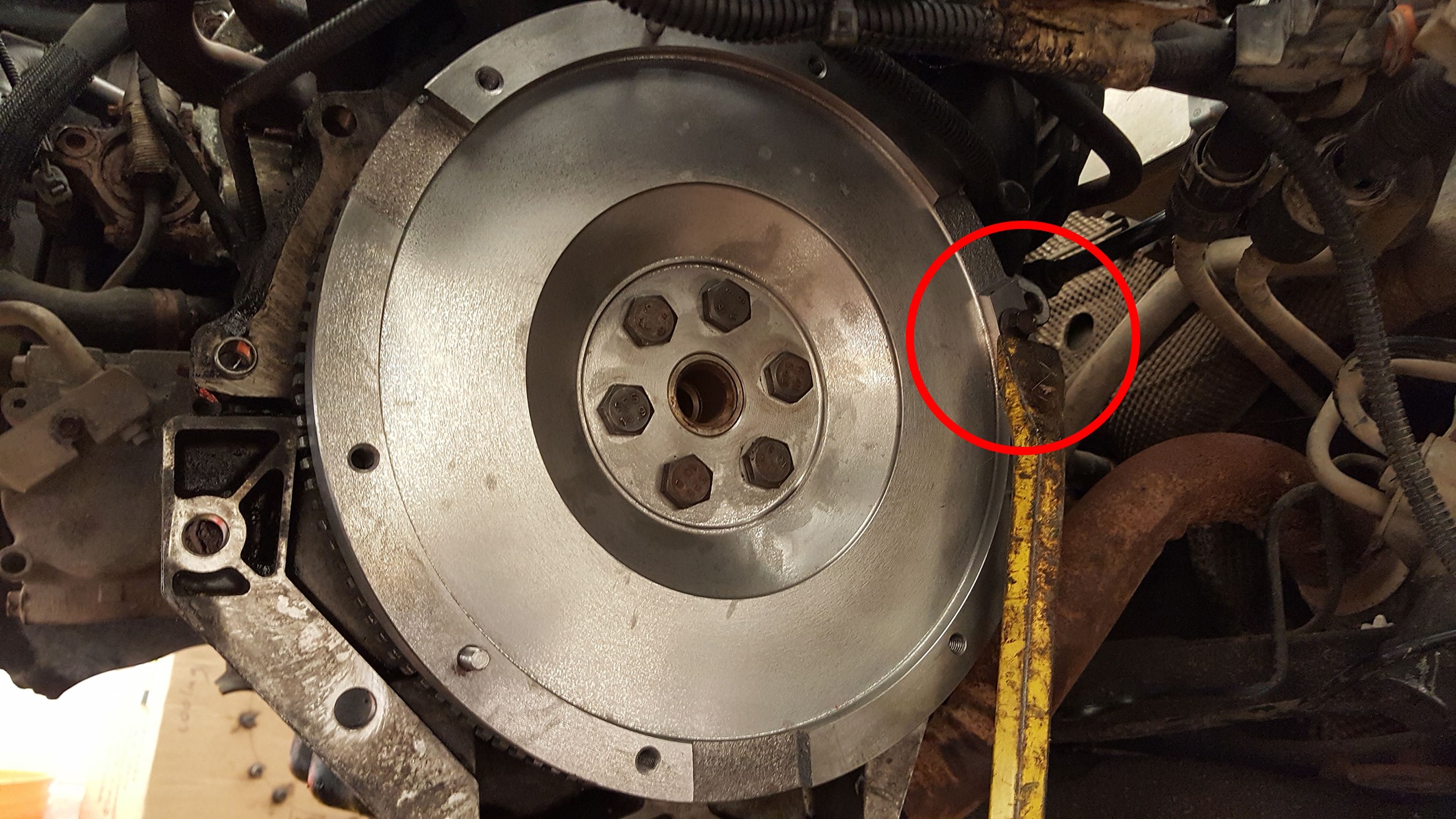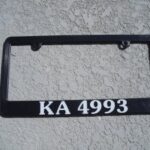When torquing flywheel bolts, a Flywheel Stop Tool is essential to prevent the engine from rotating. While commercially available tools exist, a simple DIY solution can be just as effective. This guide outlines a straightforward method using readily available materials to create a makeshift flywheel stop tool.
Creating a DIY Flywheel Stop Tool
This method leverages a pressure plate bolt and a sturdy pry bar to immobilize the flywheel. Here’s a step-by-step guide:
-
Insert a Pressure Plate Bolt: Thread one of your pressure plate bolts into the flywheel. Ensure the bolt head is flush with the flywheel surface. It doesn’t need to be tightened completely. This bolt will serve as a contact point for the pry bar.
-
Position the Pry Bar: Place a pry bar, a length of pipe, or a similar robust piece of metal between the bolt head and the ground. The bar should be positioned vertically and provide a solid base against which to leverage the flywheel.
-
Engage the Propeller: Rotate the flywheel in the direction of engine rotation until the propeller makes contact with the pry bar. This creates the necessary resistance to prevent the flywheel from turning.
-
Torque the Flywheel Bolts: With the flywheel securely held in place, you can now torque the flywheel bolts to the manufacturer’s specified torque.
The image demonstrates the setup with the pry bar positioned against the pressure plate bolt and the propeller.
A closeup of the pressure plate bolt inserted into the flywheel.
Important Considerations
This DIY method is a practical solution, but certain precautions should be taken:
- Protect the Flywheel: While unlikely to cause damage, exercise caution to avoid scratching the flywheel’s edge with the propeller.
- Pressure Plate Bolt Integrity: A standard pressure plate bolt can withstand the force required to torque flywheel bolts without damage. After use, inspect the bolt for any signs of bending, rounding, or excessive scratching.
- Propeller Stability: Ensure the propeller is stable and won’t tip over during the process.
- Flywheel Indentations: Some flywheels have indentations that might seem suitable for leveraging. However, using the pressure plate bolt method allows for better propeller positioning and reduces the risk of scratching the flywheel.
- Avoid Pressure Plate Posts: Do not use the small posts on the flywheel intended for the pressure plate. Leveraging against these could damage the flywheel and pressure plate, potentially requiring replacements.
Conclusion
This DIY flywheel stop tool offers a simple and effective way to torque flywheel bolts without specialized equipment. By following these steps and taking necessary precautions, you can safely and efficiently complete this crucial engine maintenance task. This method avoids potential damage to the flywheel teeth or crankshaft nut, making it a preferable alternative to other makeshift solutions. Remember to always consult your vehicle’s repair manual for specific torque specifications.


